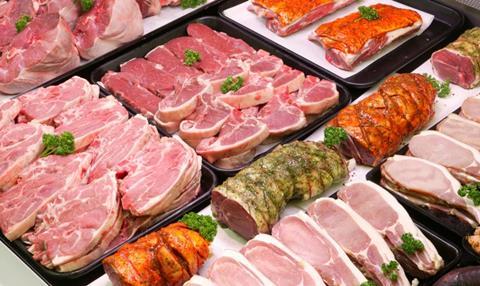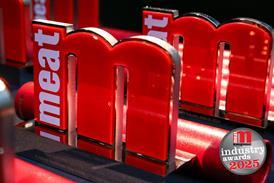Latest figures from the Agriculture and Horticulture Development Board (AHDB) reveal that the organic food market has seen a 16% decline in volume sales for the second quarter of this year, despite organic meat seeing a steady increase in total market volume share over time.

The label “organic” indicates that a food product has been grown or farmed without the use of additives such as artificial chemicals, hormones or antibiotics.
In July this year, organic meat and poultry (MP) made up a 0.2% share of the total MP market volume measured from July last year, however volume sales of organic MP have seen a consistent decline since October 2021.
This decrease in volume coincides with “a significant rise in price” since October 2021, with the average price of organic MP increasing by 5%. The average price of its non-organic equivalent reported a 4% increase over the same period.
Impact of promotions
Beef, lamb, and chicken have all seen a volume decline year-on-year, and ADHB explained that the main source “driving this decline” are shoppers no longer buying organic meat off promotion. ADHB said volume-driving promotions could improve sales of organic meat in the short term.
AHDB added that pig meat has performed well over the same period, and that 89% of sales are through processed pork.
Barriers remain
ADHB said that whilst consumers are” willing” to buy organic, price remains a “key barrier which has been made worse by inflation.”
It said: “In the long term, organic [food] needs to continue to increase its visibility and justify that price premium by highlighting its environmental and health benefits.”
ADHB added that, with Defra set to announce the organic part of the Sustainable Farming Incentive in 2025 for England, “further recognition of the ecosystem services organic [food] provides is forthcoming.”
This story was originally published on a previous version of the Meat Management website and so there may be some missing images and formatting issues.












